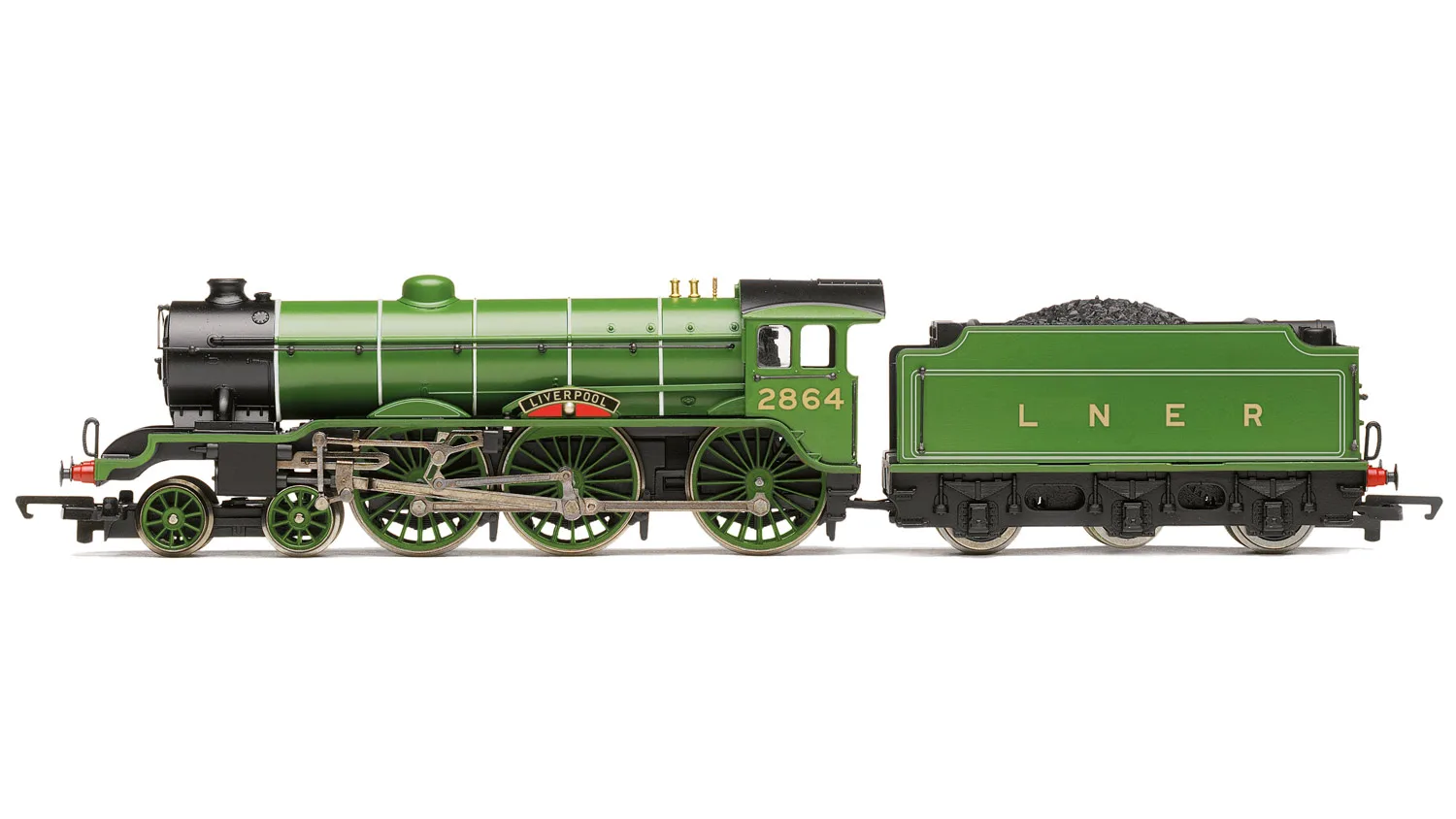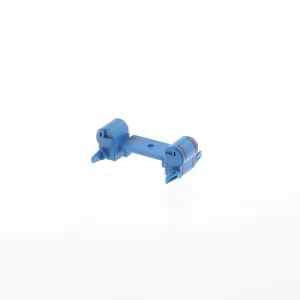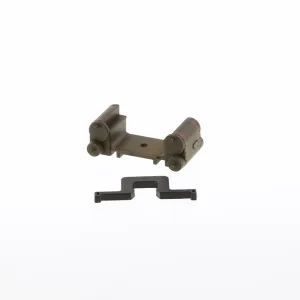LNER, B17 Class, 4-6-0, 2864 ‘Liverpool’ – Era 3
In 1926, with increased loading on the East Anglia passenger services and the introduction of modern, vacuum-braked coaching stock, there was a desperate need for a locomotive that could supplement the Holden B12 Class on the former Great Eastern routes of the London North Eastern Railway. Track limitations prevented the transfer of locomotives from other regions and so Nigel Gresley was tasked by the LNER to produce a three cylinder 4-6-0 design, using the cylinder and motion arrangement of the D49 but with a tractive effort of about 25,000lb and a relatively light axle loading of 17 tons.
The resulting Class B17 design arose from Doncaster Works’ inability to completely satisfy Gresley’s specification. The resulting contract for the detailed design and building of the class was given to the North British Locomotive Company in Glasgow in 1927. Using some of the features from a batch of A1 Pacific locomotives they had built in 1924, along with some features from the Royal Scot Class produced for the LMS, the cab, cylinders, and motion were all copied directly or modified slightly, whilst most of the boiler design was taken from the Class K3 and Class O2 designs. Darlington Works assisted by providing drawings for the bogies with Stratford Works providing the design for the Great Eastern type 3,700 gallon tender. The eventual axle loading was 18 tons and several modifications were required before the first B17, No.2802 Walsingham, was delivered on November 20, 1928.
Between 1930 and 1937, a total of seventy three B17 locomotives were produced by the LNER’s Darlington Works, Robert Stephenson & Company and North British. The first ten locomotives delivered by the North British Locomotive Company were designated B17 (later as B17/1), whilst the second and third batches, having boilers supplied by Armstrong Whitworth and different springing, were identified as B17/2. The next two batches, again with different springing, were designated B17/3, but as the locomotives passed through the works the original springs were replaced by those of the later design and in 1937 the three sub-classes were merged together as B17/1. The final Darlington batch introduced in 1936, as well as those built by Robert Stephenson and Company, had 4,200 gallon tenders and were intended for use in the North Eastern area of the LNER; these were designated B17/4.
In September 1937, No.2859 Norwich City and 2870 Tottenham Hotspur were streamlined in a similar style to Gresley’s A4s, renamed East Anglian and City of London and designated B17/5. The streamlining was cladding for publicity purposes only on the East Anglian service, having little effect on the overall speed of the locomotive and in April 1951 was removed. Between 1943 and 1957, most of the surviving members of the class were rebuilt with a 100A boiler for increased pressure and were designated as B17/6.





